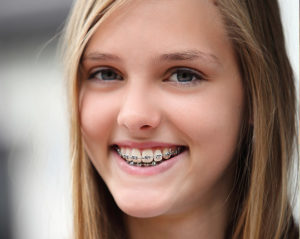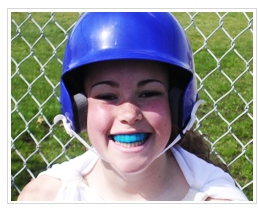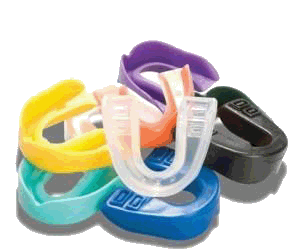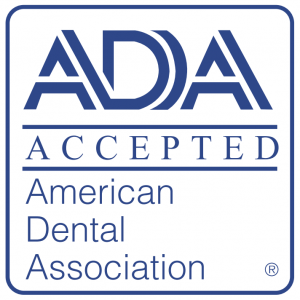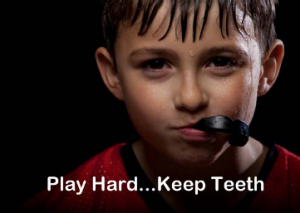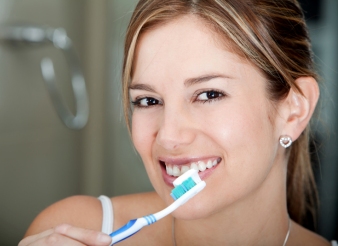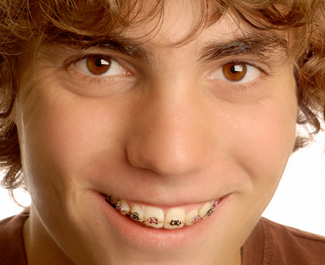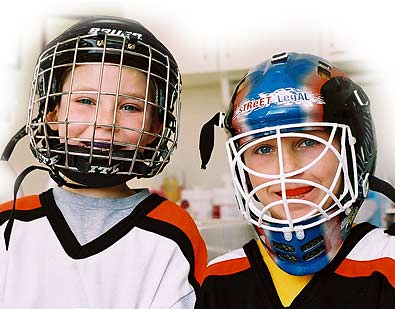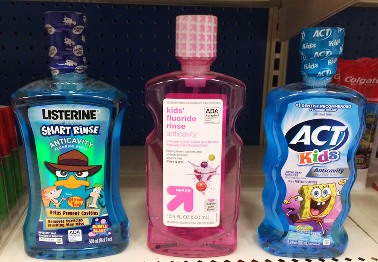It's National Facial Protection Month-Here's How You Can Play It Safe
April 10th, 2024

April is National Facial Protection Month, and the team at Bel Air Orthodontics want to remind parents, coaches and athletes to play it safe as they prepare to suit up for both recreational and organized sports. Whether at practice, at a game, or simply enjoying some fun in the neighborhood, a sports-related injury can happen in an instant. That's why it's important to take precautions to protect your face and teeth from injury. Dr. Godwin suggests you take these simple steps to prevent injuries so you can stay in the game:
- Wear a mouth guard when playing contact sports; if you have braces, make sure you use a mouth guard designed specially for orthodontic patients;
- Wear a helmet. Helmets reduce of risk of head injury by absorbing the energy of an impact.
- Wear protective eye wear. According to the Coalition to Prevent Sports Eye Injuries, protective eye wear designed specifically for the sport can prevent more than 90 percent of all eye injuries;
- Wear a face shield to avoid scratched or bruised skin;
- Be alert - as a player or spectator!
Did You Know? . . .
- Athletes who don't wear mouth guards are 60 times more likely to damage their teeth. Mouth guards are particularly important if you are in orthodontic treatment. A minor blow to the face can be uncomfortable if you don't have braces; but add metal to the mix and a minor blow to the face can leave you with abrasions and cuts inside your mouth from your soft tissue being pressed against the brackets and wires on your teeth;
- Sports-related injuries are the leading cause of emergency room visits in children ages 12 to 17 according to the Center for Disease Control;
- Whatever your sport, the right protective gear can save your teeth, your face, and even your life. If you or your child suffers dental trauma such as a knocked-out or broken tooth, Dr. Godwin suggests that you contact your dentist for immediate attention. For those in braces, it's also important to contact our office to schedule an appointment for repair since damage to braces can lengthen treatment time and affect treatment results.
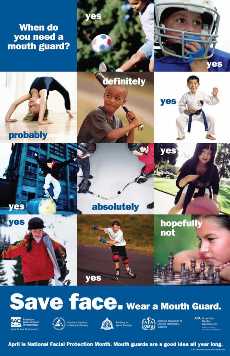
About National Facial Protection Month: Every April, the American Association of Orthodontists, the American Dental Society, the Academy for Sports Dentistry, the American Association of Oral and Maxillofacial Surgeons, and the American Academy of Pediatric Dentistry team up to remind parents, coaches and athletes about the importance of taking precautions to preserve their teeth and protect them from facial injuries.


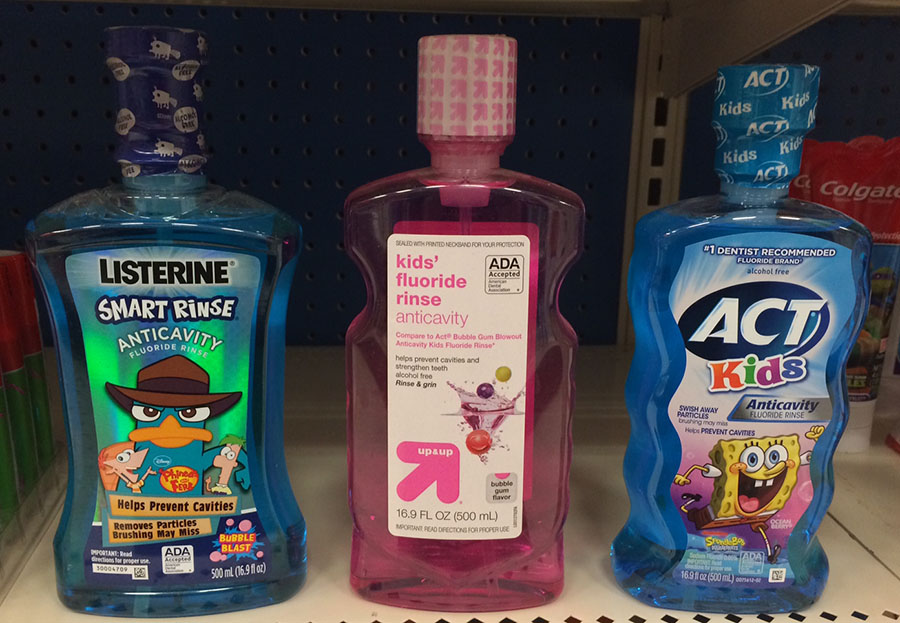
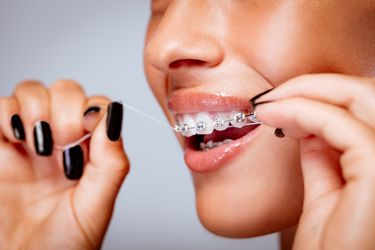
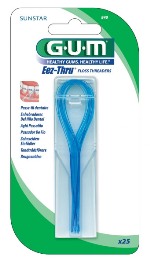
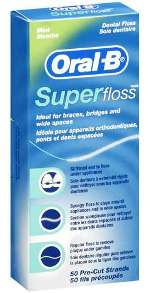

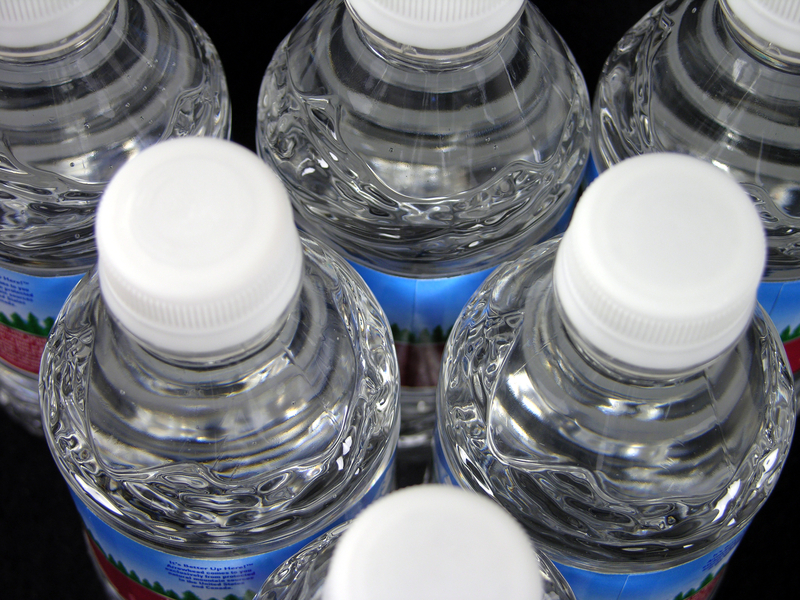


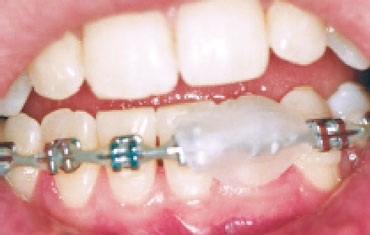
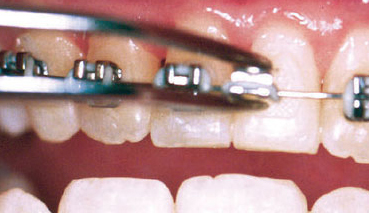
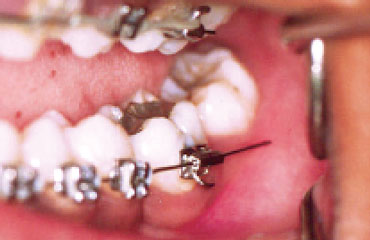

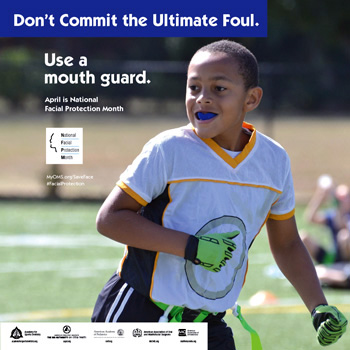

 So, you’re working out, eating kale, ditching the soda, drinking endless bottles of water and hopefully, recycling the empties! You’re feeling pretty good about yourself – but, are you doing your teeth more harm than good?
So, you’re working out, eating kale, ditching the soda, drinking endless bottles of water and hopefully, recycling the empties! You’re feeling pretty good about yourself – but, are you doing your teeth more harm than good? The busy holiday season is just around the corner, and so are the social activities and parties that go with it. It's also a time when Bel Air Orthodontics is busy replacing broken or lost retainers. Why you ask? There a number of factors, but it comes down to the fact that your retainer is spending too much time out of your mouth! Holiday fun brings a change in your daily routine, more meals with family and friends, and that usually means more opportunities to lose, break or forget your retainer.
The busy holiday season is just around the corner, and so are the social activities and parties that go with it. It's also a time when Bel Air Orthodontics is busy replacing broken or lost retainers. Why you ask? There a number of factors, but it comes down to the fact that your retainer is spending too much time out of your mouth! Holiday fun brings a change in your daily routine, more meals with family and friends, and that usually means more opportunities to lose, break or forget your retainer.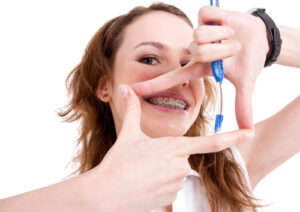 Wearing braces means learning about a whole new world of dental accessories. Brackets. Arch wires. Ligatures. Rubber bands. Wax.
Wearing braces means learning about a whole new world of dental accessories. Brackets. Arch wires. Ligatures. Rubber bands. Wax. Summer is in full swing! It’s time for lazy days on the beach, summer cookouts and family vacations. But before you rush out the door to your next summer adventure, the team at Bel Air Orthodontics wants to remind you about the importance of keeping your retainer and your smile safe this summer.
Summer is in full swing! It’s time for lazy days on the beach, summer cookouts and family vacations. But before you rush out the door to your next summer adventure, the team at Bel Air Orthodontics wants to remind you about the importance of keeping your retainer and your smile safe this summer. We've all heard the old saying, "You are what you eat", but did you know that it's just as important for your teeth as it is your body? Your choice of drink has a big impact on your waistline as well as your dental health. A study from the University of Maryland Dental School found that soft drinks (diet or regular soda), fruit drinks, sports drinks and energy drinks weaken tooth enamel. They are even harder on your teeth if your are wearing orthodontic appliances such as braces, retainers or aligners.
We've all heard the old saying, "You are what you eat", but did you know that it's just as important for your teeth as it is your body? Your choice of drink has a big impact on your waistline as well as your dental health. A study from the University of Maryland Dental School found that soft drinks (diet or regular soda), fruit drinks, sports drinks and energy drinks weaken tooth enamel. They are even harder on your teeth if your are wearing orthodontic appliances such as braces, retainers or aligners.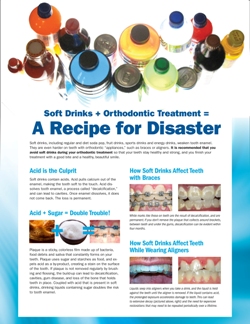
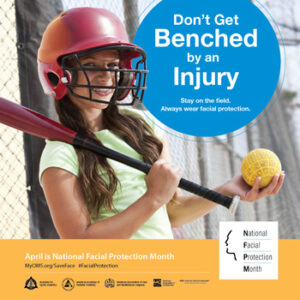 April is National Facial Protection Month, and the team at Bel Air Orthodontics want to remind parents, coaches and athletes to play it safe as they prepare to suit up for both recreational and organized sports. Whether at practice, at a game, or simply enjoying some fun in the neighborhood, a sports-related injury can happen in an instant. That's why it's important to take precautions to protect your face and teeth from injury. Dr. Godwin suggests you take these simple steps to prevent injuries so you can stay in the game:
April is National Facial Protection Month, and the team at Bel Air Orthodontics want to remind parents, coaches and athletes to play it safe as they prepare to suit up for both recreational and organized sports. Whether at practice, at a game, or simply enjoying some fun in the neighborhood, a sports-related injury can happen in an instant. That's why it's important to take precautions to protect your face and teeth from injury. Dr. Godwin suggests you take these simple steps to prevent injuries so you can stay in the game:
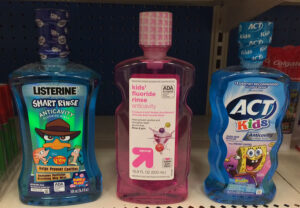 There are so many ways you can protect your teeth throughout your orthodontic treatment. We recommend you brush your teeth at least two times per day, floss regularly and protect your mouth and appliances from damage by making smart food choices. But did you know there is another, often forgotten, way to keep your teeth clean and healthy during your treatment? Fluoride, a mineral found in your water and many dental products can keep your teeth strong.
There are so many ways you can protect your teeth throughout your orthodontic treatment. We recommend you brush your teeth at least two times per day, floss regularly and protect your mouth and appliances from damage by making smart food choices. But did you know there is another, often forgotten, way to keep your teeth clean and healthy during your treatment? Fluoride, a mineral found in your water and many dental products can keep your teeth strong.
 February is National Children's Dental Health Month, and the team at Bel Air Orthodontics want to remind everyone about the importance of good oral hygiene and the role it plays in the health of your teeth and the success of your orthodontic treatment.
February is National Children's Dental Health Month, and the team at Bel Air Orthodontics want to remind everyone about the importance of good oral hygiene and the role it plays in the health of your teeth and the success of your orthodontic treatment.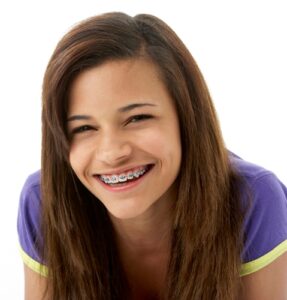 It's National Dental Health Month, and the team at Bel Air Orthodontics thought it would be a great time to share some oral hygiene tips.
It's National Dental Health Month, and the team at Bel Air Orthodontics thought it would be a great time to share some oral hygiene tips. So, you’re working out, eating kale, ditching the soda, drinking endless bottles of water and hopefully, recycling the empties! You’re feeling pretty good about yourself – but, are you doing your teeth more harm than good?
So, you’re working out, eating kale, ditching the soda, drinking endless bottles of water and hopefully, recycling the empties! You’re feeling pretty good about yourself – but, are you doing your teeth more harm than good? Halloween is a fun time of year, but before you head out to trick-or-treat, Dr. Godwin would like to offer a few tips for keeping your braces healthy and happy. While Halloween treats are tempting, it's important to remember that many can cause havoc for trick-or-treaters with braces. Treats that are sticky, chewy, hard or crunchy can potentially cause damage to braces, clear aligners, and other orthodontic appliances. In addition to patient discomfort, a broken bracket or loose wire may prolong treatment and require additional appointments.
Halloween is a fun time of year, but before you head out to trick-or-treat, Dr. Godwin would like to offer a few tips for keeping your braces healthy and happy. While Halloween treats are tempting, it's important to remember that many can cause havoc for trick-or-treaters with braces. Treats that are sticky, chewy, hard or crunchy can potentially cause damage to braces, clear aligners, and other orthodontic appliances. In addition to patient discomfort, a broken bracket or loose wire may prolong treatment and require additional appointments.
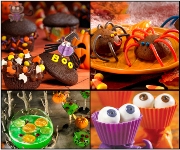
 Every October, the American Association of Orthodontists (AAO) takes the spotlight during National Orthodontic Health Month. It’s a time when orthodontists reach out to patients and their community to increase public awareness about the benefits of orthodontic care.
Every October, the American Association of Orthodontists (AAO) takes the spotlight during National Orthodontic Health Month. It’s a time when orthodontists reach out to patients and their community to increase public awareness about the benefits of orthodontic care.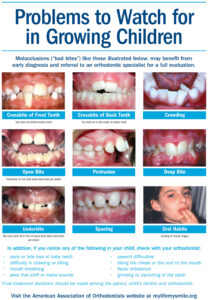
 With the start of a new school year, parents and kids everywhere are heading out to stock up on back-to-school supplies. If you're undergoing orthodontic treatment, we'd suggest adding a few extra supplies to your backpack. Here's a list of items that will help make your school year braces-friendly and worry free:
With the start of a new school year, parents and kids everywhere are heading out to stock up on back-to-school supplies. If you're undergoing orthodontic treatment, we'd suggest adding a few extra supplies to your backpack. Here's a list of items that will help make your school year braces-friendly and worry free: We've all heard the old saying, "You are what you eat", but did you know that it's just as important for your teeth as it is your body? Your choice of drink has a big impact on your waistline as well as your dental health. A study from the University of Maryland Dental School found that soft drinks (diet or regular soda), fruit drinks, sports drinks and energy drinks weaken tooth enamel. They are even harder on your teeth if your are wearing orthodontic appliances such as braces, retainers or aligners.
We've all heard the old saying, "You are what you eat", but did you know that it's just as important for your teeth as it is your body? Your choice of drink has a big impact on your waistline as well as your dental health. A study from the University of Maryland Dental School found that soft drinks (diet or regular soda), fruit drinks, sports drinks and energy drinks weaken tooth enamel. They are even harder on your teeth if your are wearing orthodontic appliances such as braces, retainers or aligners.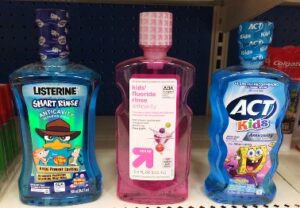 There are so many ways you can protect your teeth throughout your orthodontic treatment. We recommend you brush your teeth at least two times per day, floss regularly and protect your mouth and appliances from damage by making smart food choices. But did you know there is another, often forgotten, way to keep your teeth clean and healthy during your treatment? Fluoride, a mineral found in your water and many dental products can keep your teeth strong.
There are so many ways you can protect your teeth throughout your orthodontic treatment. We recommend you brush your teeth at least two times per day, floss regularly and protect your mouth and appliances from damage by making smart food choices. But did you know there is another, often forgotten, way to keep your teeth clean and healthy during your treatment? Fluoride, a mineral found in your water and many dental products can keep your teeth strong. It's National Dental Health Month, and the team at Bel Air Orthodontics thought it would be a great time to share some oral hygiene tips.
It's National Dental Health Month, and the team at Bel Air Orthodontics thought it would be a great time to share some oral hygiene tips.
